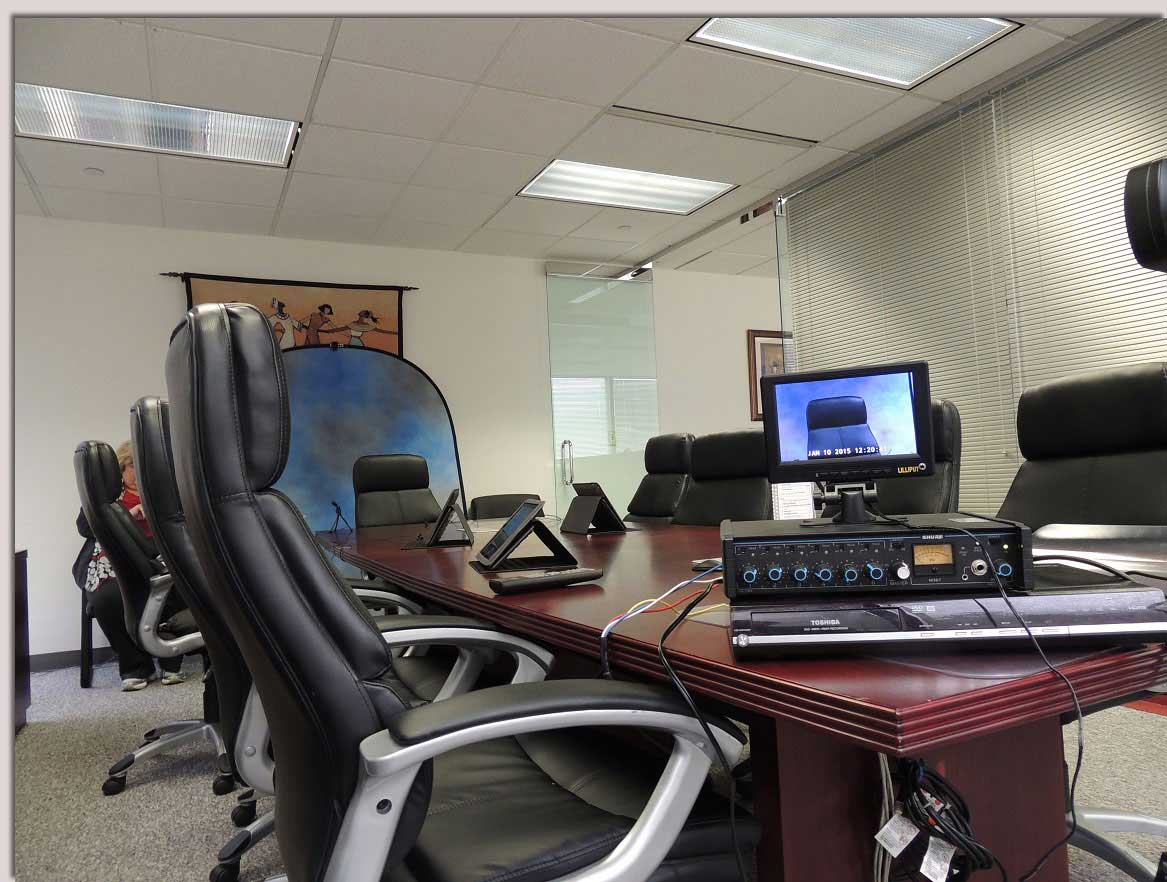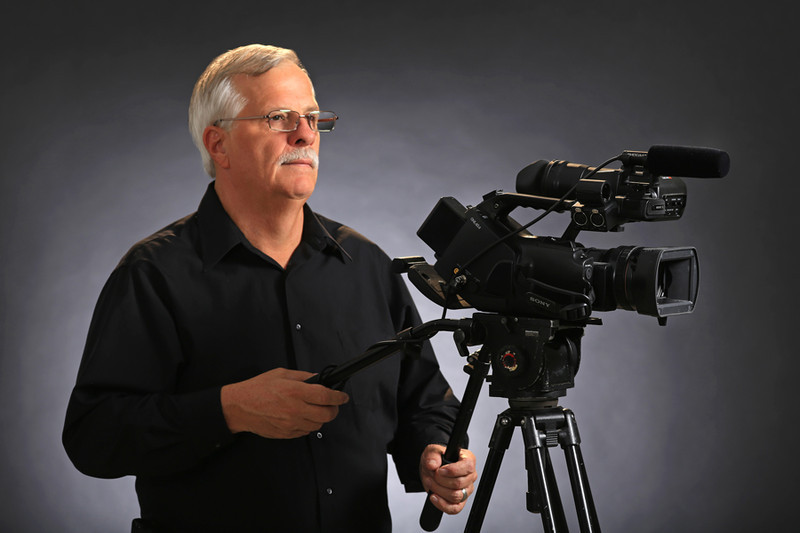Digging Into the Mechanisms of Legal Videography: Introduction Its Procedure in Safeguarding Authentic Visual Testimony for Judicial Proceedings
In the realm of judicial process, the duty of lawful videography stands as a foundation in preserving and offering visual proof. As modern technology proceeds to development, the mechanisms behind lawful videography have come to be significantly elaborate, offering a crucial layer of credibility to statements captured on video clip. By delving into the functional complexities of legal videography, one can reveal the precise procedures that protect the integrity of aesthetic proof provided in courts - Legal Videography. This expedition not only loses light on the historic advancement of legal videography but likewise hints at the future fads that might better reinvent exactly how visual testimonies are upheld in the world of justice.
Historical Advancement of Legal Videography
Checking out the historic progression of legal videography exposes a substantial transformation in the capturing and presentation of visual proof within the lawful landscape. In the past, legal procedures heavily relied upon created photographs and transcripts to document occasions and supply evidence. With the advent of video innovation, the legal sector saw a standard change in exactly how aesthetic testimony was captured and presented.
The development of legal videography can be mapped back to the late 20th century when innovations in video recording equipment made it more obtainable for usage in courtrooms. This technical advancement not only improved the precision and reliability of aesthetic proof but also reinvented the means situations existed to judges and courts (Legal Videography). Lawyers started to identify the influential power of video clip recordings in conveying feelings, nuances, and non-verbal hints that created photos or transcripts alone might not catch efficiently

Modern Technology Developments in Video Paperwork
What essential technological advancements have changed video paperwork in the lawful field? The legal area has actually seen considerable advancements in video clip paperwork technology that have improved the authenticity and dependability of aesthetic evidence in judicial process.
Additionally, innovations in video security and watermarking modern technologies have actually boosted the protection and tamper-proof nature of video proof, safeguarding it against unauthorized alterations or tampering. The advent of cloud storage options and remote accessibility capabilities has structured the storage, retrieval, and sharing of video evidence, helping with smooth collaboration among legal professionals and guaranteeing reliable access to crucial visual testimonies when needed. These technological advancements in video paperwork have definitely reinvented the legal field, enhancing the accuracy, reputation, and admissibility of aesthetic evidence in judicial proceedings.
Role of Lawful Videographers in Courtroom Settings
The advancement of video clip paperwork innovation in the legal area has necessitated an important role for lawful videographers in court settings, making sure the stability and reliability of aesthetic statements provided during judicial proceedings. Lawful videographers play an essential role in recording and maintaining precise visual proof that can be pivotal in court cases. Their obligation reaches establishing tools, tape-recording procedures, and generating top notch videos that properly show the occasions in the court room.
In addition, legal videographers usually work closely with legal teams to make sure that the video clip proof lines up with the instance's needs and can be effectively presented in court to support the legal disagreements being made. In general, the function of legal videographers in court setups is indispensable in supporting the principles of justice and guaranteeing the transparency of lawful process. Legal Videography.

Ensuring Admissibility and Stability of Video Evidence
To preserve the trustworthiness of aesthetic evidence offered in lawful proceedings, guaranteeing the admissibility have a peek at this website and honesty of video clip proof is an important responsibility for legal videographers. Admissibility refers to the acceptance of proof by the court, and for video evidence to be acceptable, it needs to fulfill certain standards. Lawful videographers play a crucial role in making sure that the video clips they record adhere to the policies of proof, such as integrity, importance, and credibility.
Honesty of video clip proof involves maintaining the originality and accuracy of the video from the time it is taped up until it is provided in court. This consists of safely keeping the video clip data, documenting the chain of protection, and stopping any type of meddling or changes. Legal videographers should comply with strict procedures to ensure the integrity of the video clip proof and avoid any kind of obstacles to its authenticity.
Future Trends in Legal Videography
Given the raising dependence on modern technology in lawful procedures, legal videographers are positioned to accept cutting-edge innovations forming the future of visual testament capture and discussion. One of the popular trends imminent is the combination of virtual reality (VIRTUAL REALITY) and boosted truth (AR) technologies right into legal videography. These technologies have the possible to reinvent how aesthetic evidence is provided in courtrooms, allowing courts and judges to submerse themselves in the scene of the criminal offense or case.
Moreover, using expert system (AI) algorithms for video clip evaluation is expected to improve the procedure of examining and analyzing big quantities of video footage. AI can aid in determining vital moments, abnormalities, and patterns within video clips, boosting the performance of lawful investigations.

Final Thought
To conclude, lawful videography has played a crucial function in giving authentic aesthetic evidence for judicial procedures. Via technological developments and the competence of lawful videographers, the stability and admissibility of video clip proof are guaranteed in courtroom setups. As legal videography continues to advance, it will be necessary to maintain standards that preserve the precision and integrity of visual statement for the future of legal procedures.
Checking out the historical progression of lawful videography discloses a significant improvement in the capturing and presentation of visual proof within the legal more tips here landscape.The development of video paperwork modern technology in the lawful area has actually necessitated a vital duty for legal videographers in court room setups, ensuring the integrity and dependability of visual testimonies provided during judicial procedures. In addition, lawful videographers often function carefully with lawful groups to make sure that the video clip proof aligns with the case's requirements and can be effectively presented in court to support the lawful disagreements being made.To preserve the credibility of aesthetic proof offered in legal procedures, guaranteeing the admissibility and stability of video proof is a crucial responsibility for lawful videographers. As lawful this page videography proceeds to progress, it will certainly be essential to copyright criteria that keep the accuracy and reliability of visual statement for the future of legal proceedings.